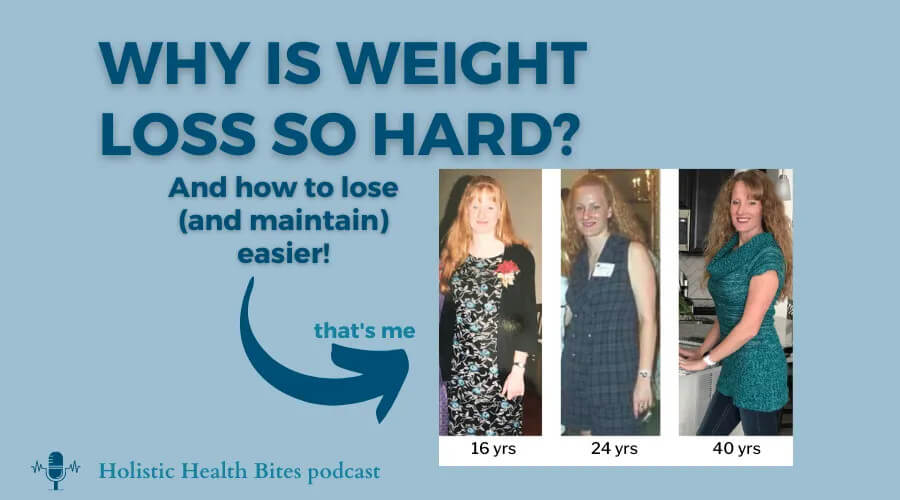
Episode notes:
It may seem like an impossible task and maybe one you’ve struggled with, but losing weight and keeping it off is possible – with the right strategies!
Let’s start by discussing why diets fail and don’t really help the weight loss effort…
Why is weight loss so hard?
Hunger! You can only restrict so much before your survival instincts will kick in. Hunger will ALWAYS win. This is not about you lacking willpower, but rather it’s a true survival instinct – even if you’re not fully aware of it. In addition to restriction being difficult, many of the diet foods you do consume while trying to cut back end up being ultra-processed to reduce calories. These foods don’t satisfy you, don’t trigger proper satiety signaling, and leave you feeling extra hungry. Even if you’re not eating “diet” foods, if you’re eating highly processed foods, you are causing improper signaling in your body leading to abnormalities in hunger and fullness.
When you focus only on calories, you’re far more likely to reach for “sugar free” or “fat free” options that are lower in calories – but these are crammed full of chemicals, preservatives, and artificial flavors that wreak havoc on your digestive system, neurotransmitters, hormones and gut microbes. That caloric focus will cause you to make less healthy choices that fit into your calorie allotment.
So how can you sustainably lose weight without being hungry all the time? Eat more satiating foods! This does not involve calorie counting, macro tracking, or limiting yourself to bland diet foods.
What is satiety? This is a term that reflects your feeling satisfied or well fed. This means you’re able to easily stop eating and are less likely to need snacks between meals.
What does a higher satiety diet look like? It’s very different from calorie restriction. These foods will help you stay full longer, naturally helping you eat less! Generally speaking, these will be foods that are higher in protein, lower in total calories, have more fiber, and don’t have as many addictive properties. Said in an easier way – higher quality foods in their whole form!
Nutrition science has known for decades that eating more protein improves hunger, weight loss, and body composition; but these foods also have better micronutrient density (aka more vitamins and minerals). Nutrition science has also pushed us to eat more fiber – but this is best done with WHOLE foods like vegetables, legumes, fruits; less so from refined or even whole grains.
Now it’s also important to consider what NOT to eat. Some foods cause increases in appetite, cravings, and insatiable hunger – generally these are foods that combine fat and sugar – a combination that doesn’t really exist often in nature. In nature, foods are generally either fat and protein, or protein and carb…rarely are they fat and carb (dairy is one example that does contain both). Mostly the trigger foods here are processed treats like cookies, cakes, donuts, crackers, and breads.
Should you try higher satiety eating?
I think so!
- If you’ve unsuccessfully done rounds of various diets and either never got results or lost, but regained the weight.
- If you have conditions like diabetes, heart disease, migraines, and PCOS – this can be a great metabolic reset.
- This can help you maintain or even build additional muscle mass – which has repeatedly found to be beneficial for numerous components of health.
- If you struggle with a lot of hunger, cravings, the need to snack or seem to have an insatiable appetite.
- Or even if you’re getting results from your current low carb diet, but find it difficult to stick with or you’ve hit a plateau.
Of course, if you’re on a medically prescribed diet or you’re happy with your current style of eating, this may not be for you!
The beauty of this style of eating is it doesn’t fit into any one “diet” – it can work with keto, vegan, vegetarian, Mediterranean, Whole30…it’s just about prioritizing higher satiety foods within your preferred dietary style.
What are some examples of higher satiety foods?
- Whole non-starchy vegetables
- Seafood
- Dairy (like cottage cheese, plain yogurt)
- Animal meats
- Eggs
- Beans, lentils, edamame
What are some examples of moderate satiety foods?
- Sweet potato
- Beets
- Carrots
- White potatoes
- Processed meats (salami, bacon, pork sausage)
- Blackberries, raspberries
- Lemon
What are some examples of low satiety foods?
- Donuts
- Pies
- Pretzels
- Peanuts
- Cakes
- Cookies
- Crackers
- Bread
- Cashews
- Oranges, bananas
- Olives, avocado
Does this mean you should never eat the lower satiety foods? No! There are some great healthy choices on that list, but they won’t help you stay full and satisfied as long as the higher satiety foods would. Clearly, I wouldn’t recommend candies, cakes, donuts – but I do recommend olives, avocados, nuts for appropriate people, and some fruits when appropriate. The key here is to prioritize higher satiety foods first.




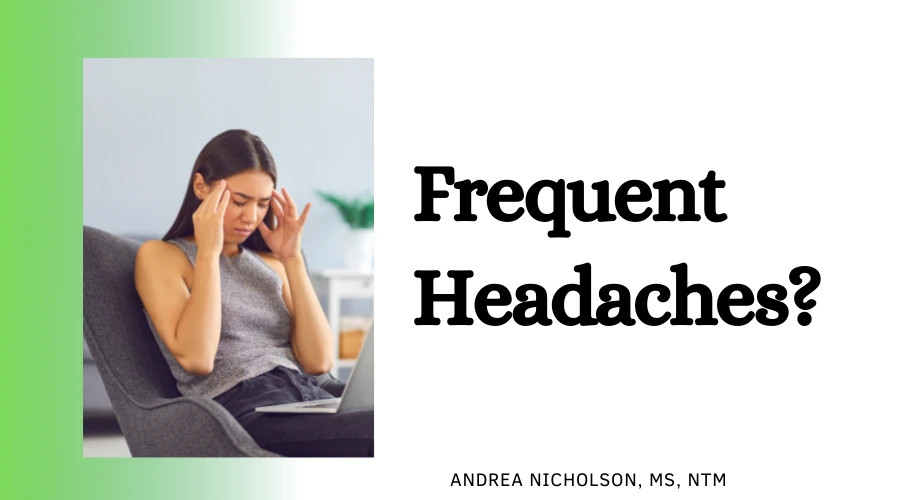
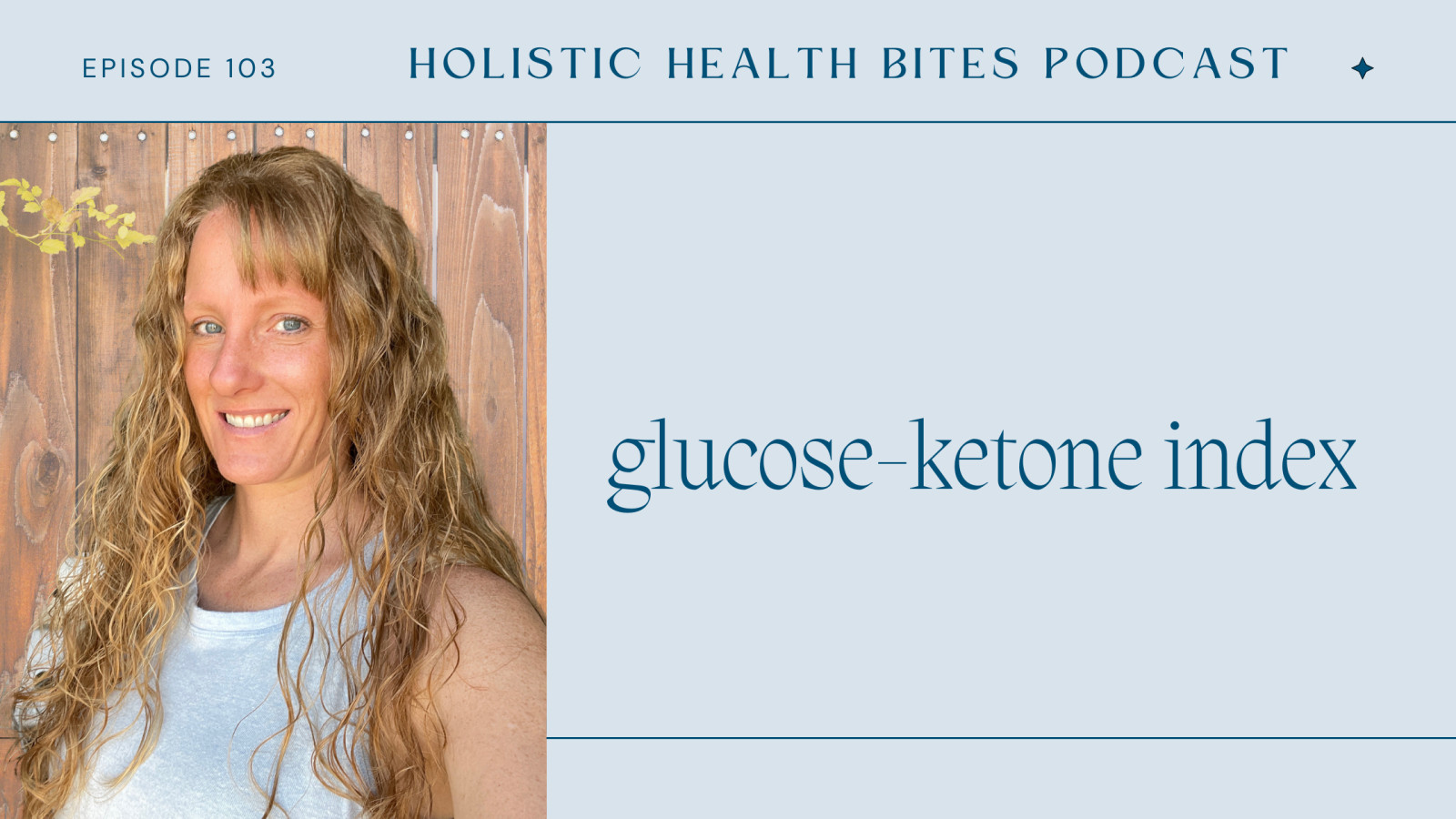
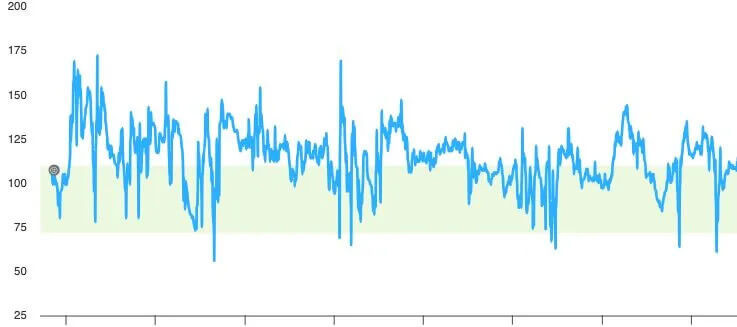
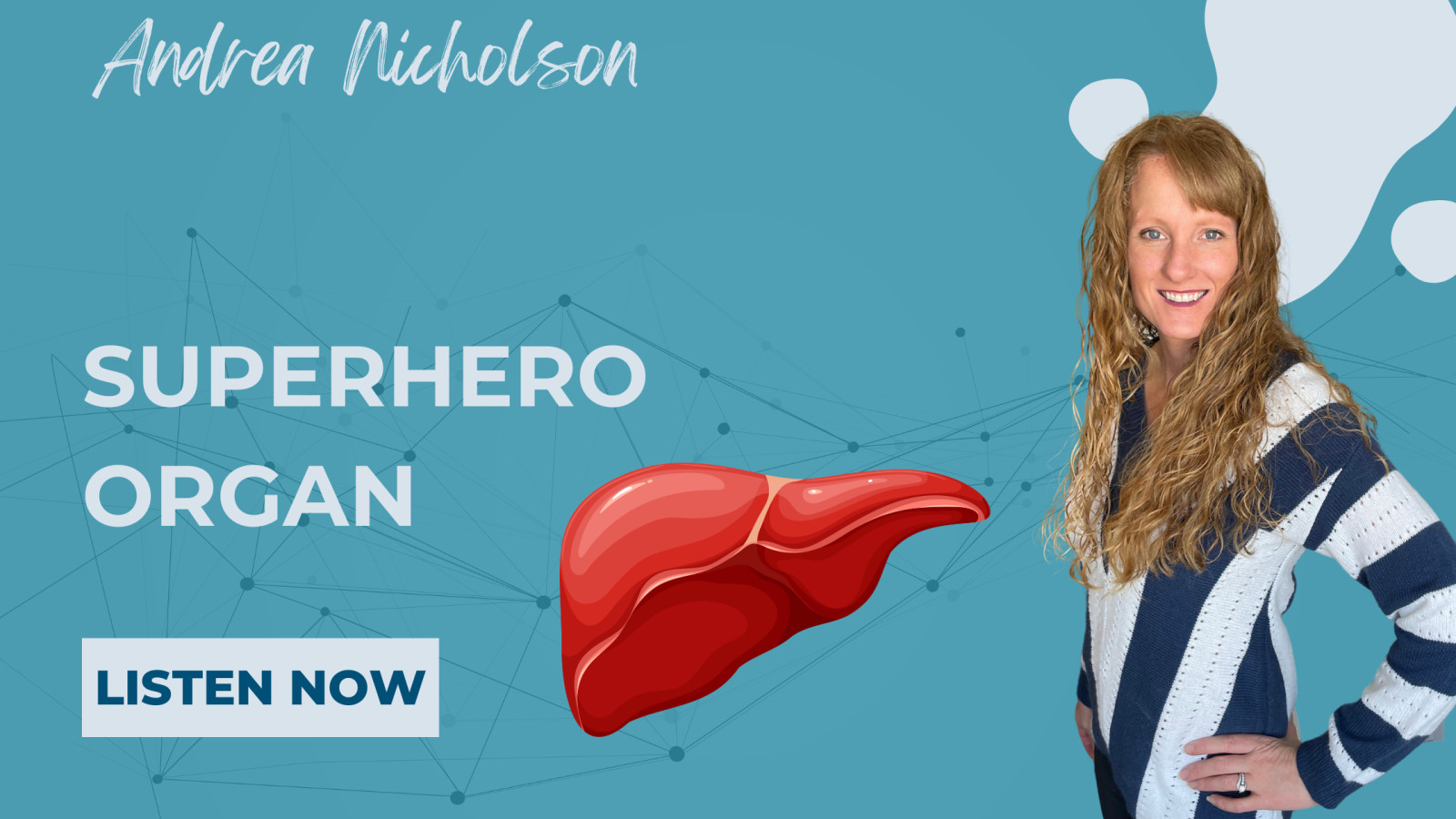


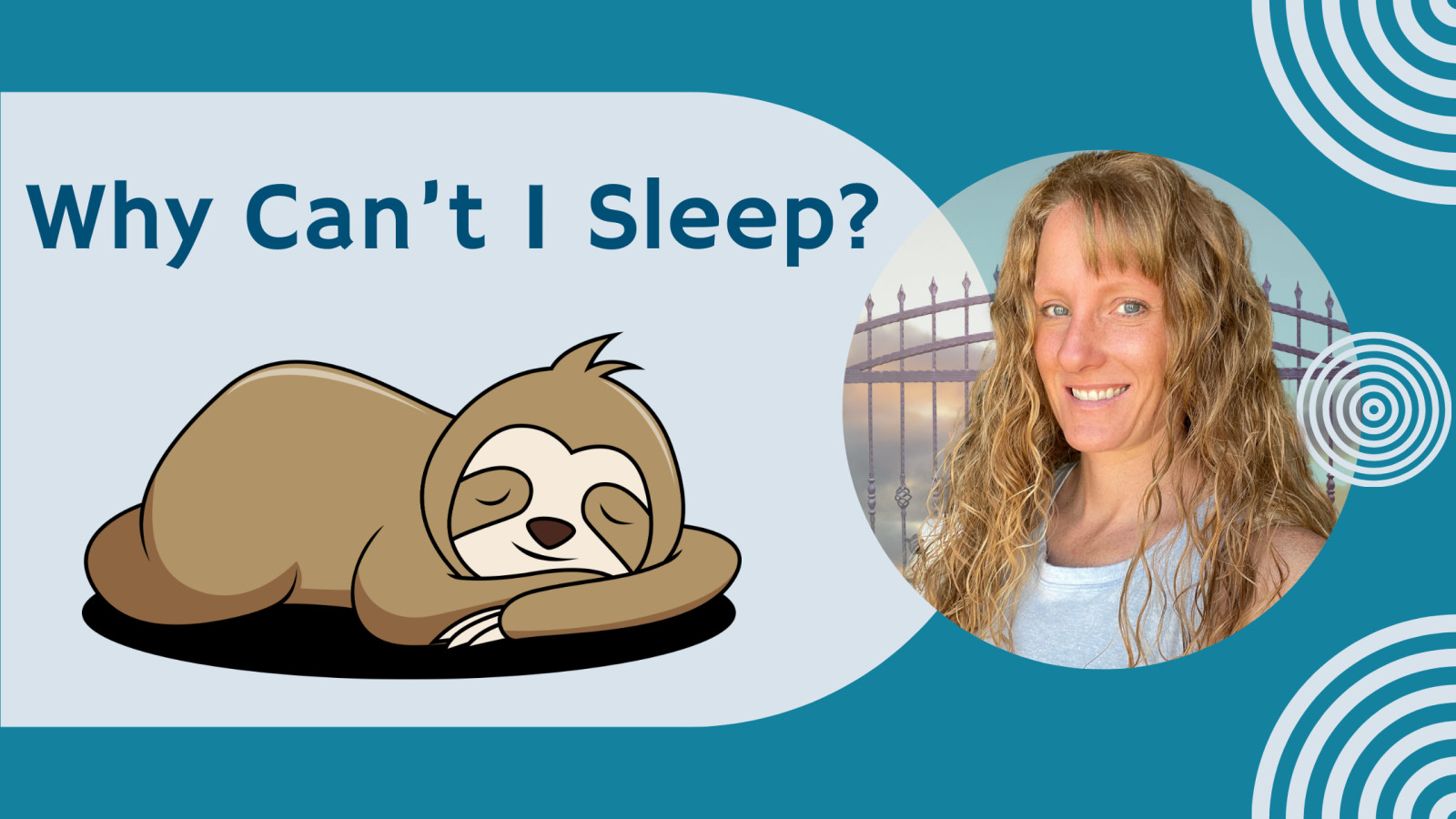
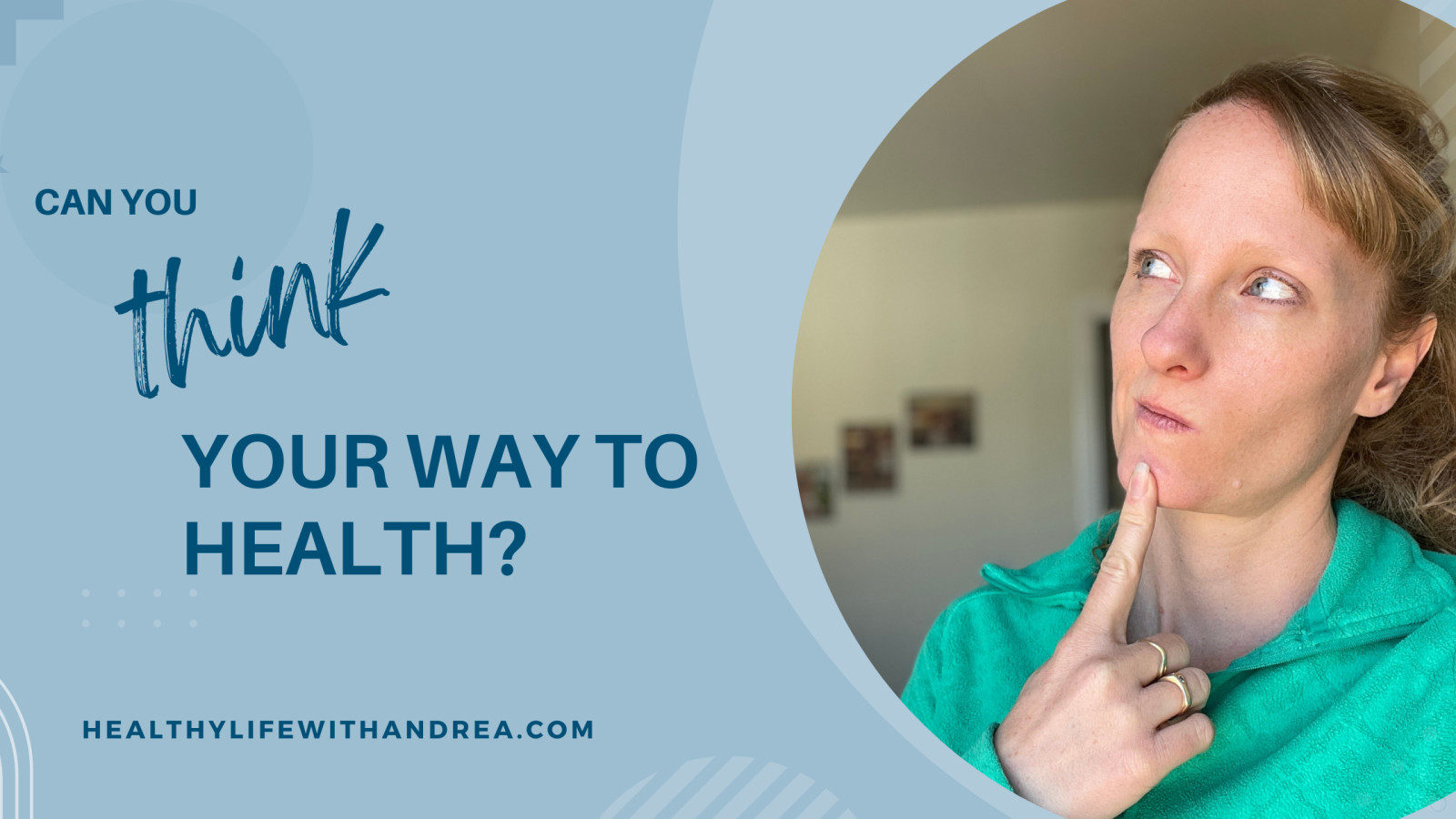
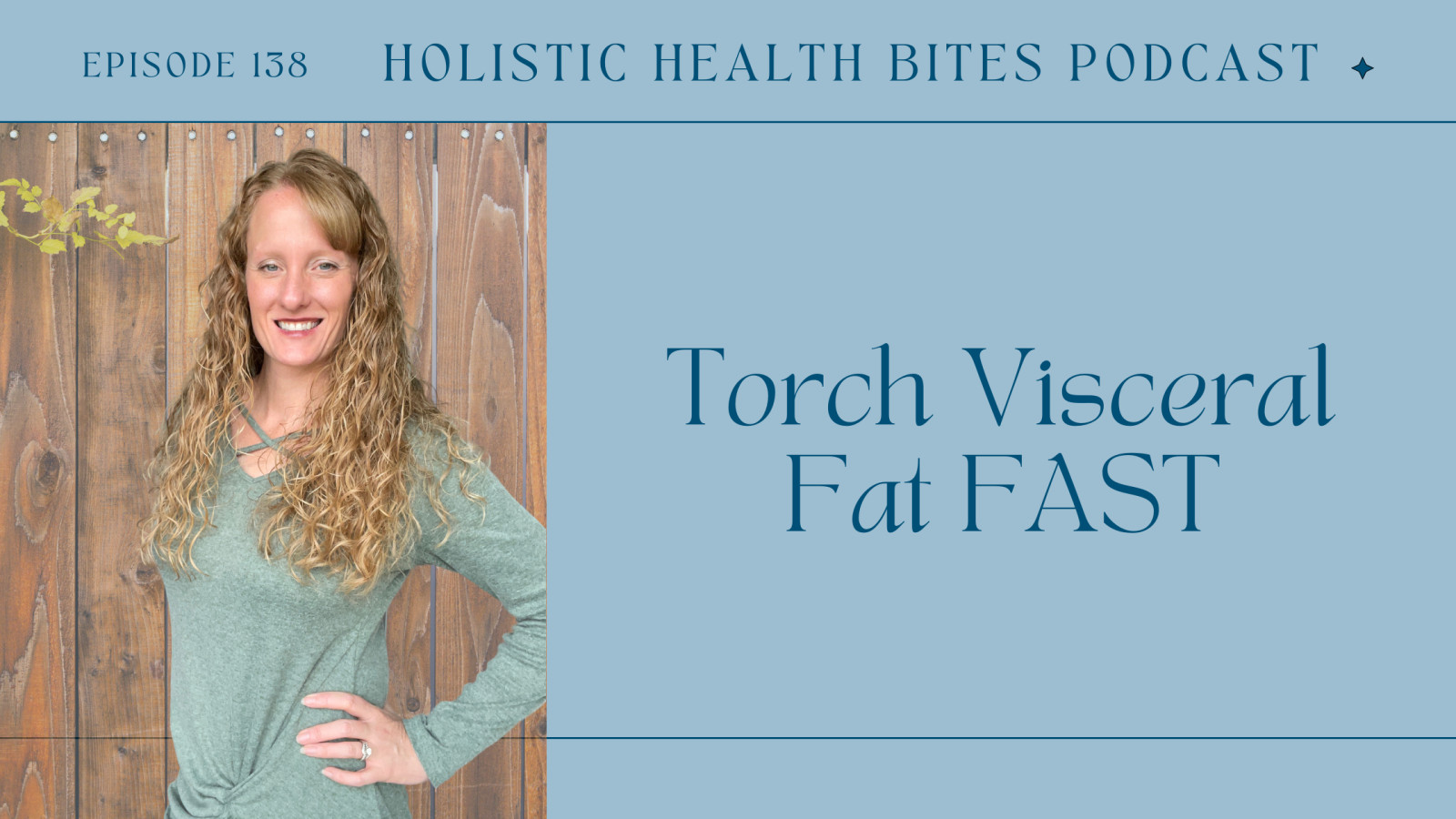
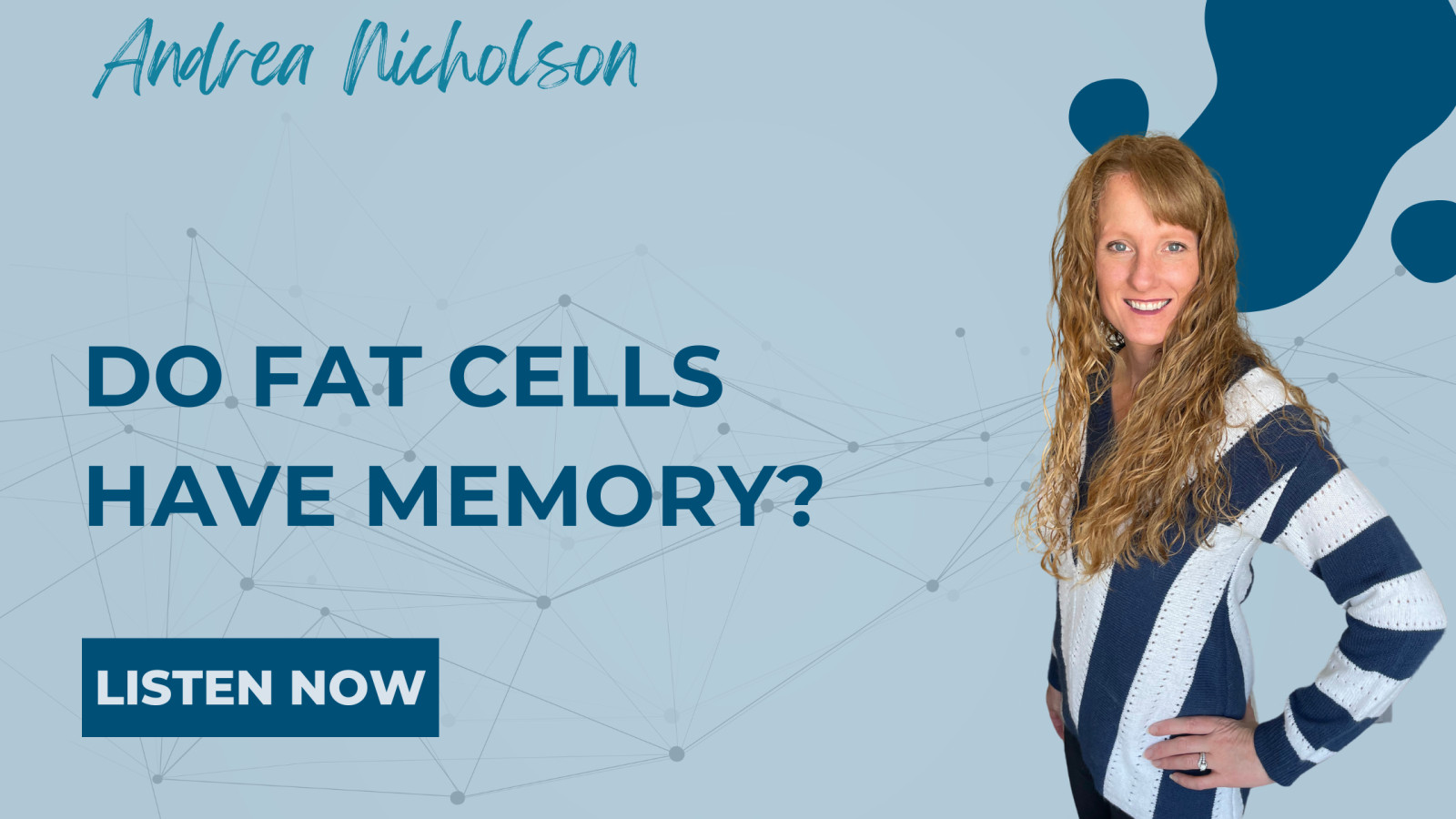
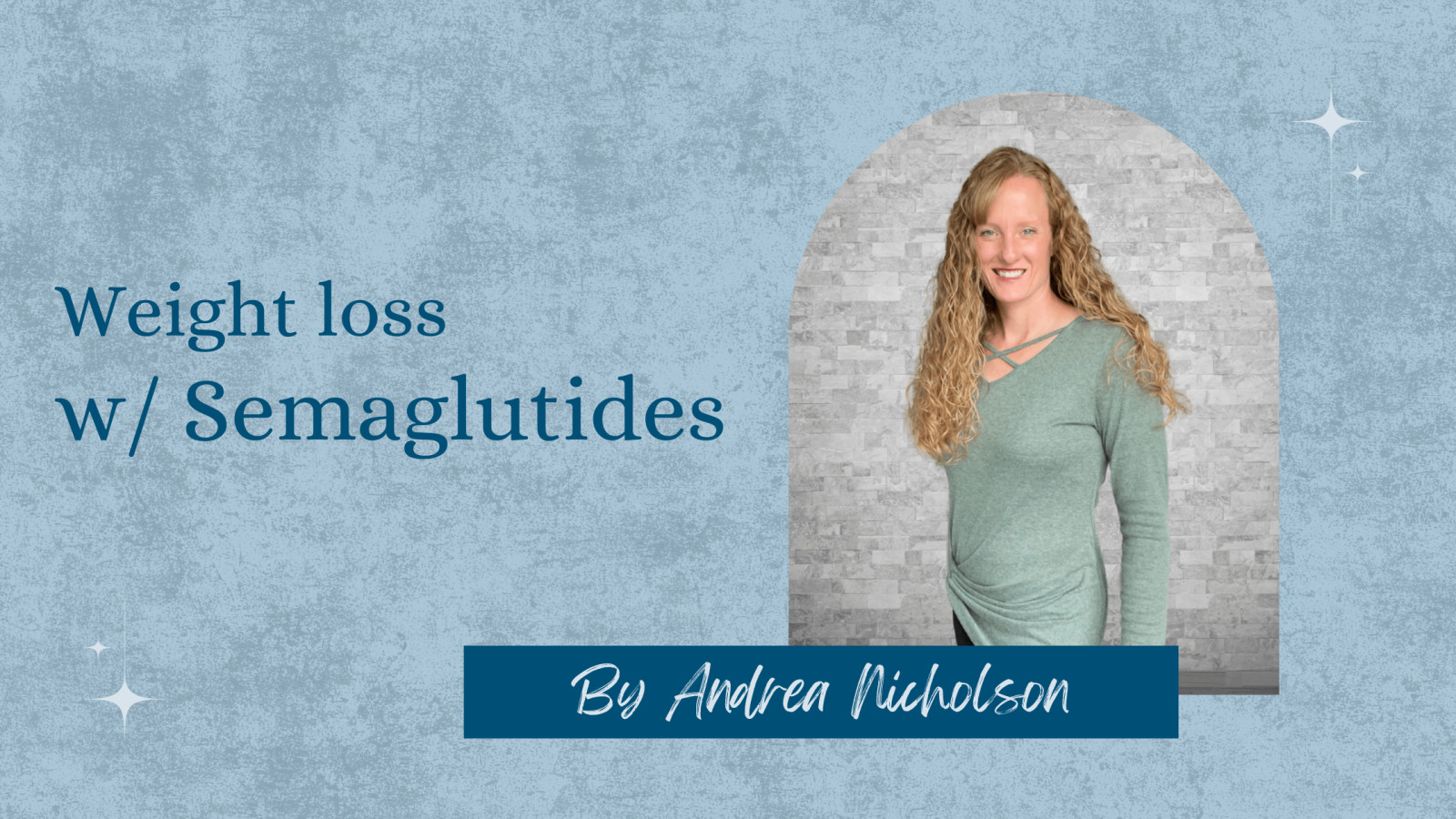







0 Comments